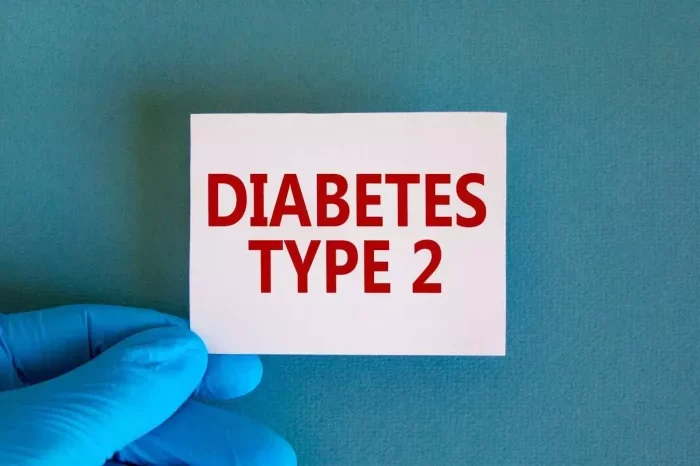Hypoglycemia, commonly referred to as low blood sugar, occurs when blood glucose levels drop below the normal range. For most people, this is typically below 70 mg/dL. Hypoglycemia is particularly concerning for individuals with diabetes who are on insulin or other medications that lower blood sugar levels. It can also occur in non-diabetic individuals due to various conditions or lifestyle factors.
The symptoms of hypoglycemia can range from mild to severe and include shakiness, sweating, confusion, irritability, dizziness, and even loss of consciousness if not addressed promptly. While immediate treatment often involves consuming fast-acting carbohydrates, managing hypoglycemia effectively also requires a careful approach to diet, particularly in avoiding foods that could exacerbate low blood sugar levels.
This article delves into the specific foods that individuals with hypoglycemia should avoid to prevent episodes and maintain stable blood sugar levels.
Refined Carbohydrates and Sugary Foods
Refined carbohydrates and sugary foods, such as white bread, pastries, candy, and sugary cereals, are high on the glycemic index, meaning they cause a rapid spike in blood sugar levels. While this might seem like a good thing for someone with hypoglycemia, the issue lies in what happens afterward. The body responds to the sugar spike by releasing insulin, which can cause blood sugar levels to drop quickly, sometimes leading to another episode of hypoglycemia.
These “sugar crashes” are particularly problematic for individuals with hypoglycemia because they create a vicious cycle of blood sugar spikes and drops. To avoid this, it’s best to steer clear of foods made with white flour, sugary snacks, and sweetened beverages.
Alcohol
Alcohol is a major concern for individuals with hypoglycemia, particularly when consumed on an empty stomach. Alcohol can interfere with the liver’s ability to release glucose into the bloodstream, which is a critical function in maintaining blood sugar levels. This is why drinking alcohol, especially in excess or without food, can lead to a dangerous drop in blood sugar.
Furthermore, alcohol can mask the symptoms of hypoglycemia, making it harder to recognize and treat promptly. For this reason, individuals with hypoglycemia should either avoid alcohol or consume it with a meal that includes carbohydrates and proteins to mitigate its effects.
Caffeinated Beverages
Caffeinated beverages, including coffee, tea, and energy drinks, can have a mixed effect on blood sugar levels. Caffeine can stimulate the release of adrenaline, which in turn can increase insulin production, potentially leading to a drop in blood sugar levels.
Moreover, many caffeinated beverages are often consumed with added sugars or syrups, which can contribute to rapid fluctuations in blood sugar. If you are prone to hypoglycemia, it’s advisable to limit your intake of caffeinated drinks, especially those with added sugars.
Artificial Sweeteners
Artificial sweeteners, commonly found in diet sodas, sugar-free snacks, and other “low-calorie” or “sugar-free” products, may not directly lower blood sugar, but they can still affect it in ways that are not fully understood. Some studies suggest that artificial sweeteners can interfere with insulin sensitivity and glucose metabolism, potentially leading to unexpected blood sugar drops.
Additionally, consuming artificial sweeteners might trick your body into expecting a sugar intake, leading to an insulin release that could lower blood sugar. It’s best to approach these sweeteners with caution and opt for natural sweeteners like stevia, which have a more stable effect on blood glucose.
Processed Foods
Processed foods are often loaded with hidden sugars, unhealthy fats, and refined carbohydrates that can cause blood sugar levels to spike and then crash. Examples include packaged snacks, frozen meals, and fast food. These foods are also typically low in essential nutrients like fiber, protein, and healthy fats, which help stabilize blood sugar levels.
By avoiding processed foods, individuals with hypoglycemia can better manage their blood sugar levels and avoid the sudden drops that processed foods can cause. Instead, focus on whole, unprocessed foods that provide sustained energy.
Fruit Juices
Fruit juices, even those labeled as “100% juice,” are concentrated sources of natural sugars that can lead to rapid blood sugar spikes. While they can be useful for treating a hypoglycemic episode, consuming fruit juice regularly can contribute to unstable blood sugar levels.
It’s better to eat whole fruits rather than drinking fruit juice. Whole fruits contain fiber, which slows down the absorption of sugar and helps prevent rapid fluctuations in blood glucose levels.
High-Glycemic Index Fruits
Some fruits, like watermelon, pineapple, and ripe bananas, have a high glycemic index, meaning they can cause a quick rise in blood sugar followed by a rapid drop. While fruits are generally healthy, it’s important for individuals with hypoglycemia to be mindful of which fruits they consume and in what quantities.
Choosing fruits with a lower glycemic index, such as apples, berries, and pears, can help maintain stable blood sugar levels. Pairing fruits with a source of protein or healthy fat, such as nuts or yogurt, can also help slow down sugar absorption.
High-Sugar Breakfast Cereals
Many breakfast cereals, especially those marketed towards children, are high in sugar and low in fiber and protein. These cereals can cause a spike in blood sugar followed by a crash, leading to symptoms of hypoglycemia.
Instead of sugary cereals, opt for whole-grain options like oatmeal or bran flakes, which provide more sustained energy. Adding protein, such as milk, yogurt, or nuts, to your breakfast can further help stabilize your blood sugar levels.
Large Meals
While not a specific food, consuming large meals can cause a significant rise in insulin levels, which may lead to a drop in blood sugar afterward. For individuals with hypoglycemia, it’s better to eat smaller, more frequent meals throughout the day to keep blood sugar levels stable.
These smaller meals should include a balance of carbohydrates, proteins, and healthy fats to provide sustained energy and prevent blood sugar from dropping too low.
High-Carb, Low-Protein Foods
Foods that are high in carbohydrates but low in protein, such as pasta, rice, and bread, can cause a rapid increase in blood sugar levels followed by a quick drop. This is particularly problematic if these foods are consumed without adequate protein or fat to slow down the absorption of carbohydrates.
To avoid this, it’s essential to balance your meals with protein-rich foods like lean meats, eggs, legumes, or tofu. Protein helps stabilize blood sugar levels and can prevent the rapid fluctuations that lead to hypoglycemia.
See also: What Blood Sugar Level Requires Insulin in Type 1 Diabetes?
Conclusion
Managing hypoglycemia involves more than just treating episodes when they occur; it requires careful attention to diet and lifestyle to prevent low blood sugar in the first place. By avoiding foods that cause rapid spikes and drops in blood glucose levels, individuals with hypoglycemia can better manage their condition and maintain more stable energy levels throughout the day.
It’s important to work with a healthcare provider to develop a personalized meal plan that meets your nutritional needs while minimizing the risk of hypoglycemia. Additionally, monitoring blood sugar levels regularly can help you understand how different foods affect your body and make informed choices to manage your condition effectively.
Related topics:



























